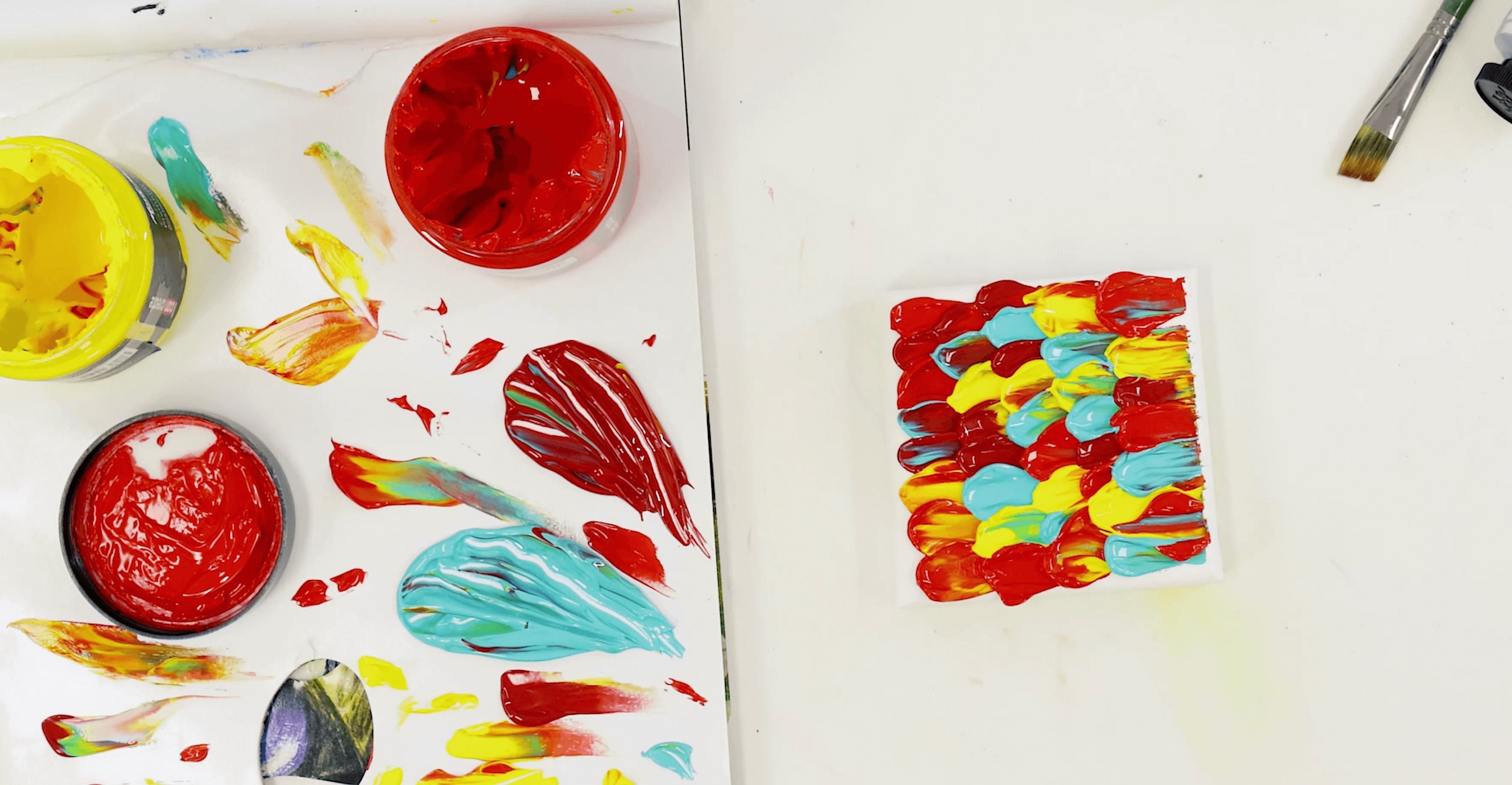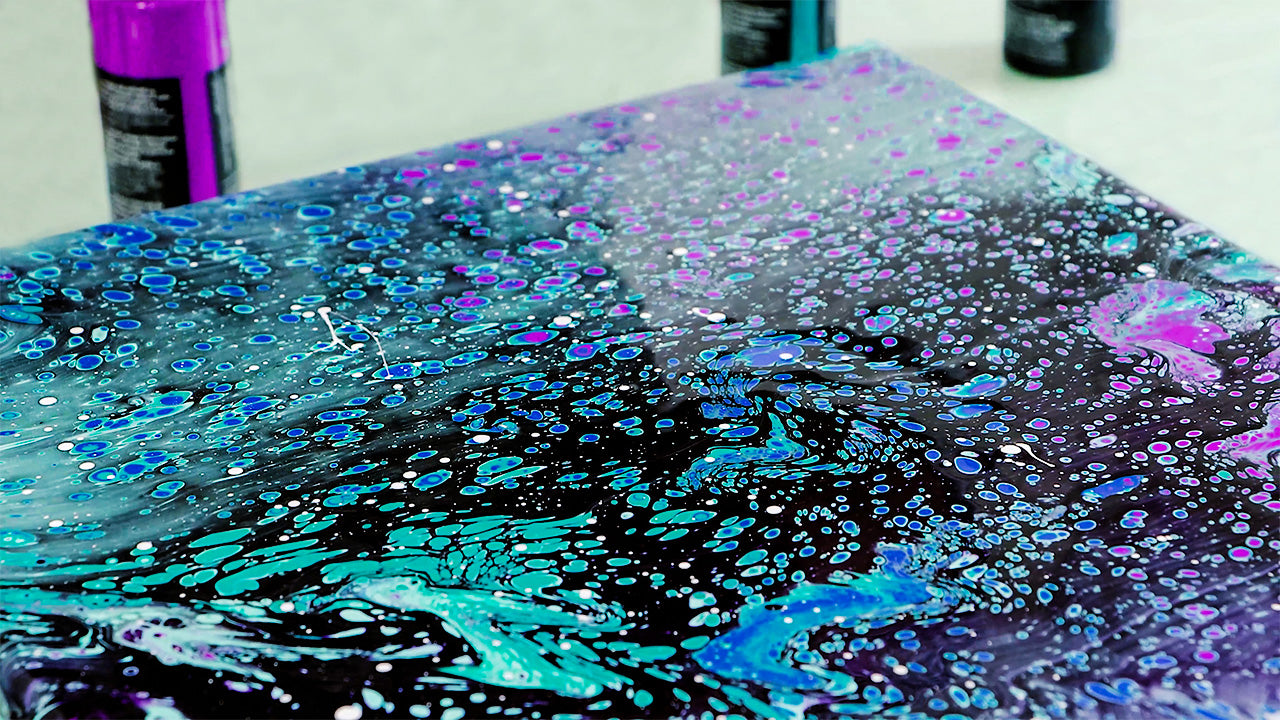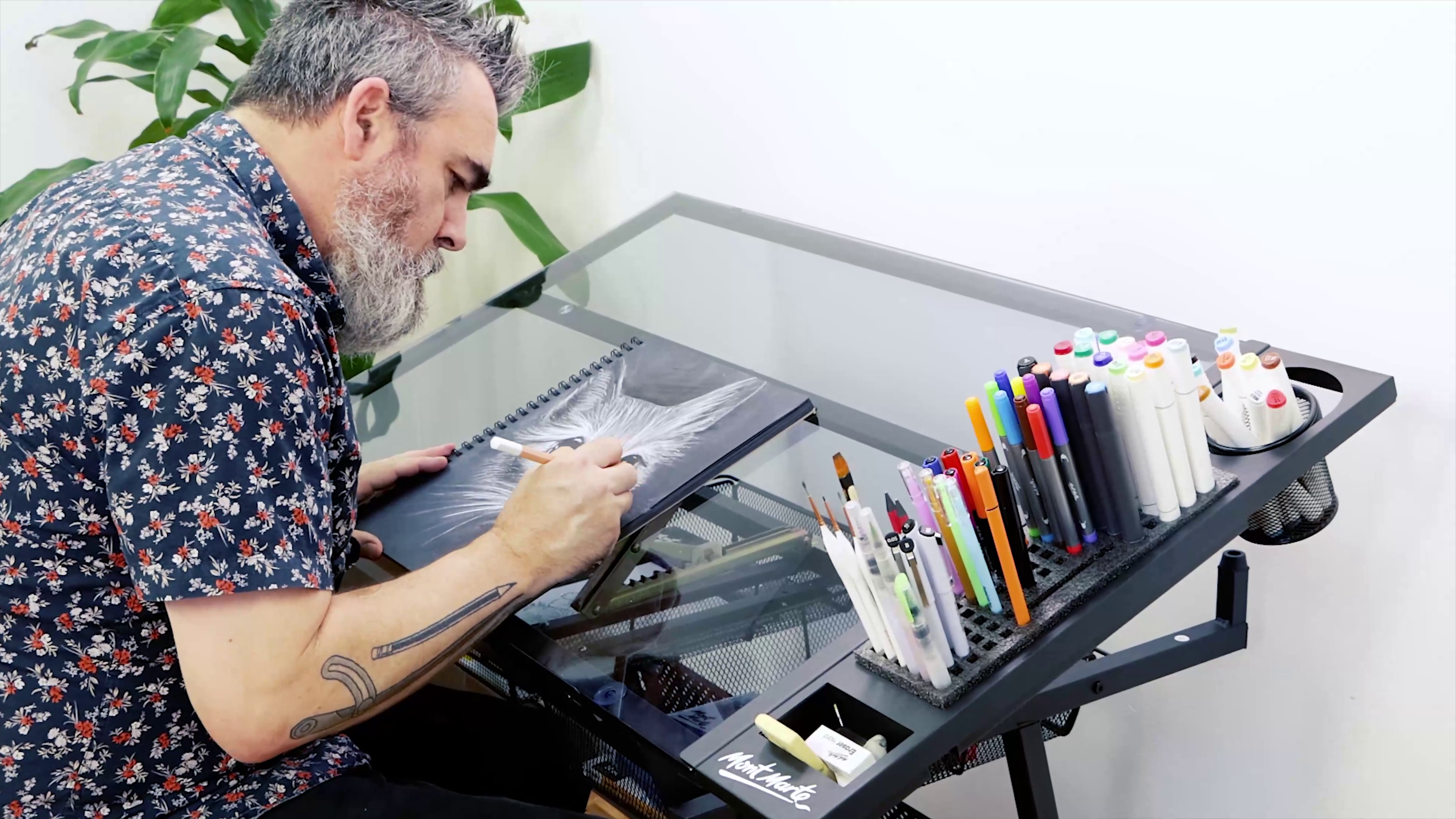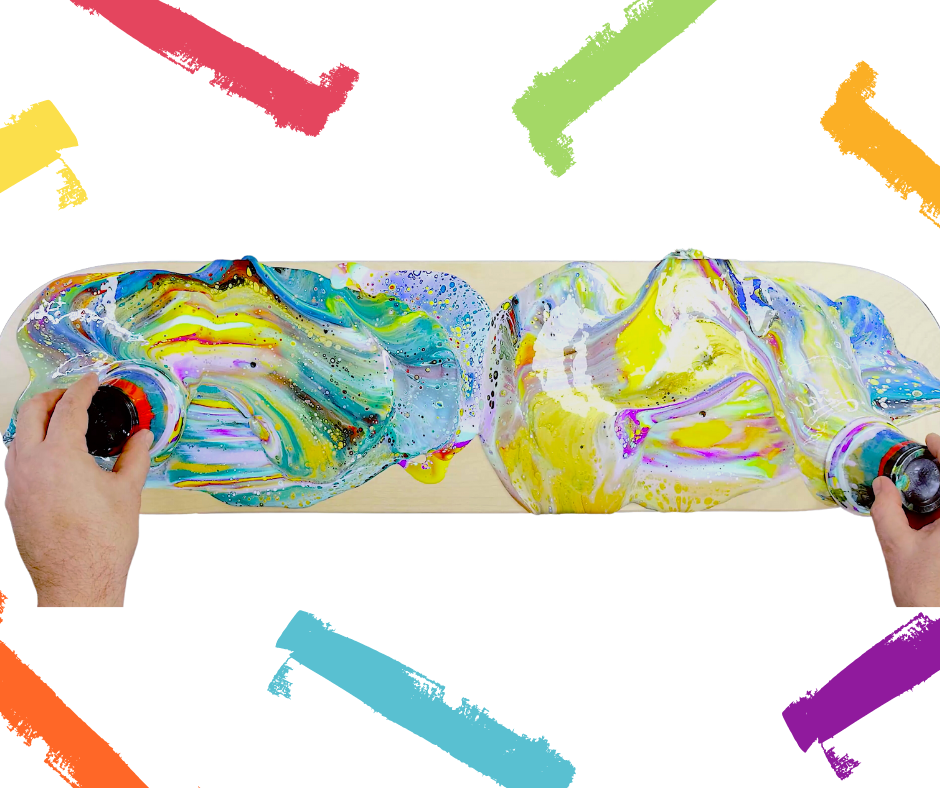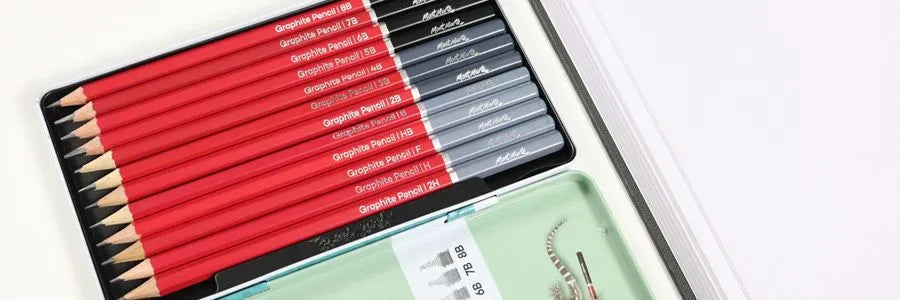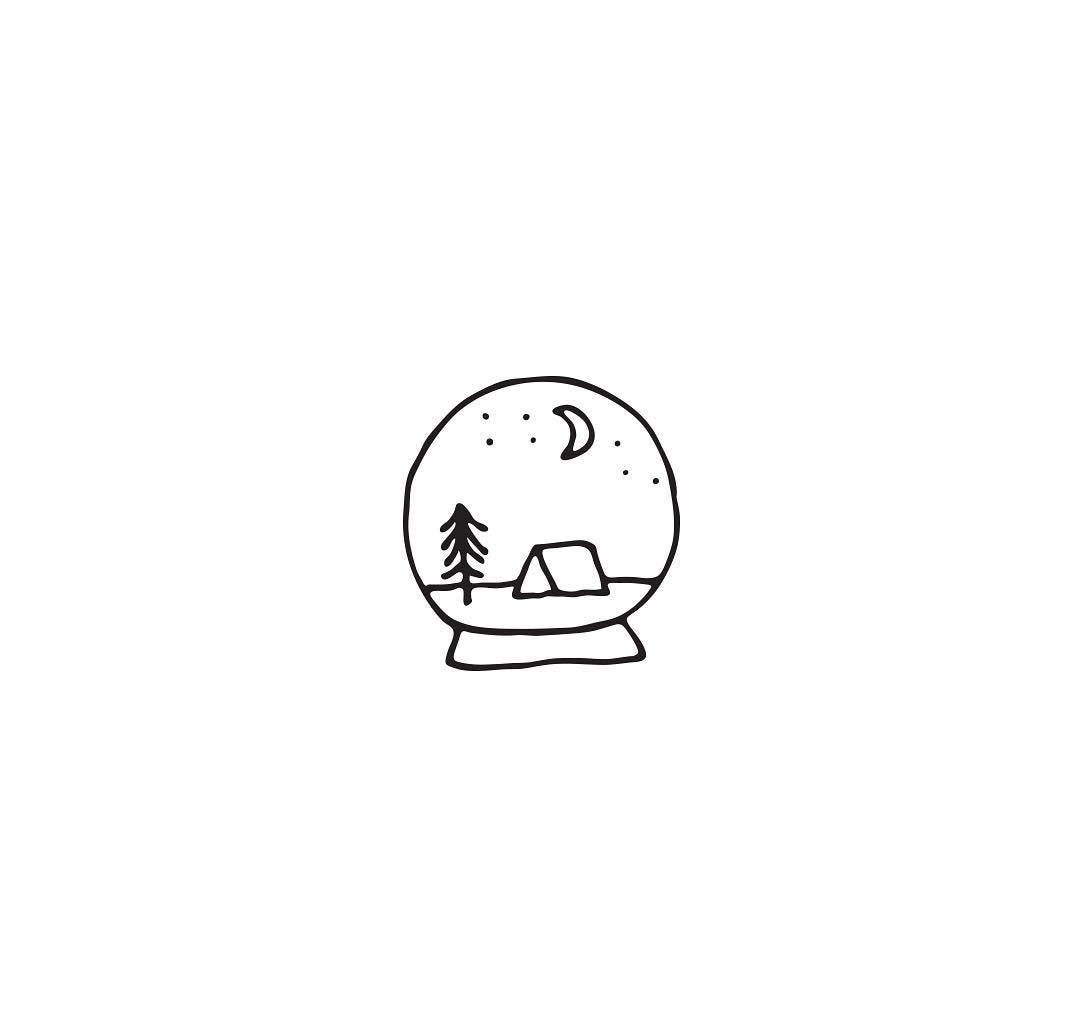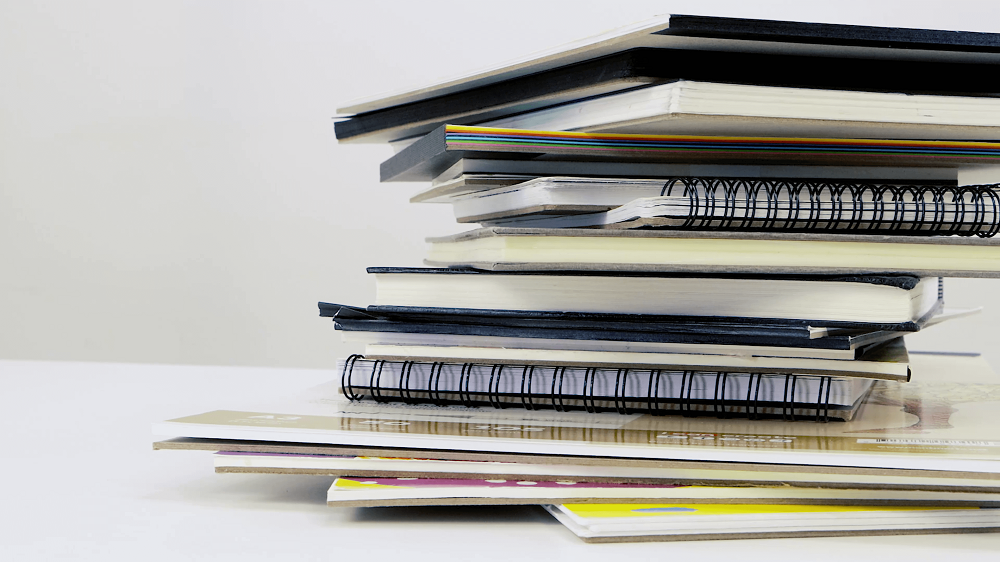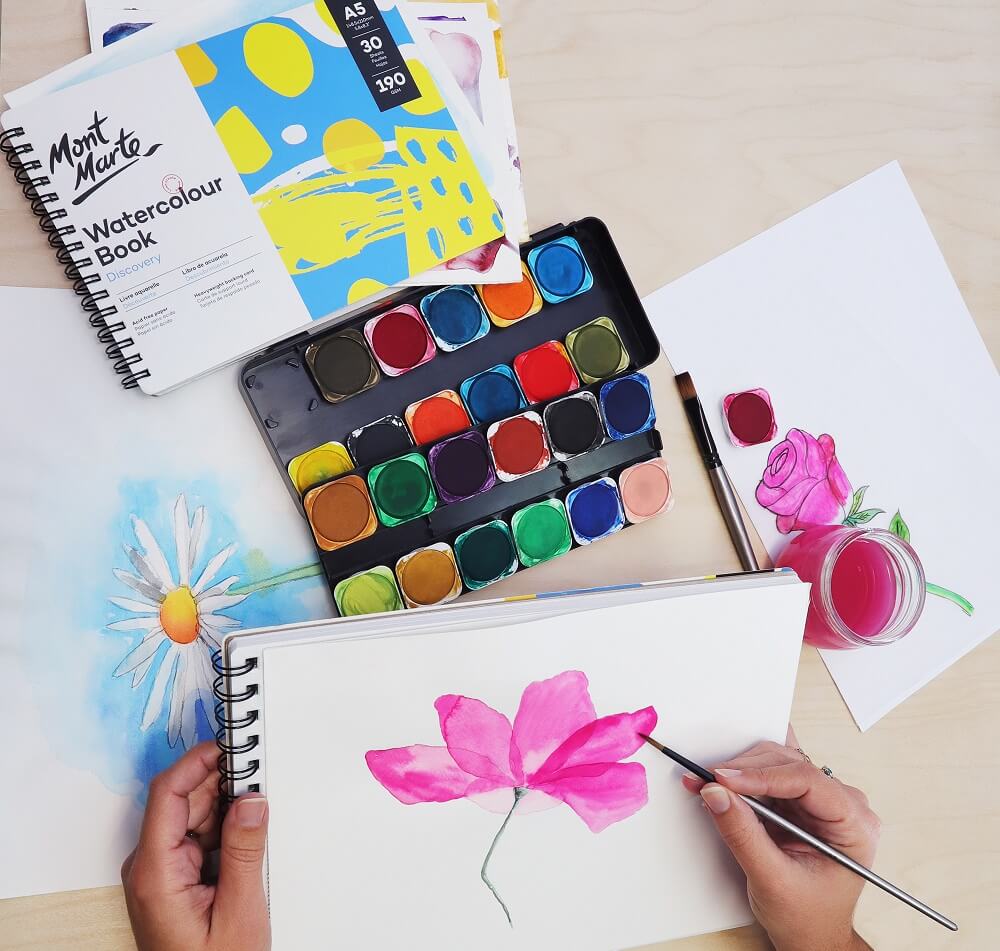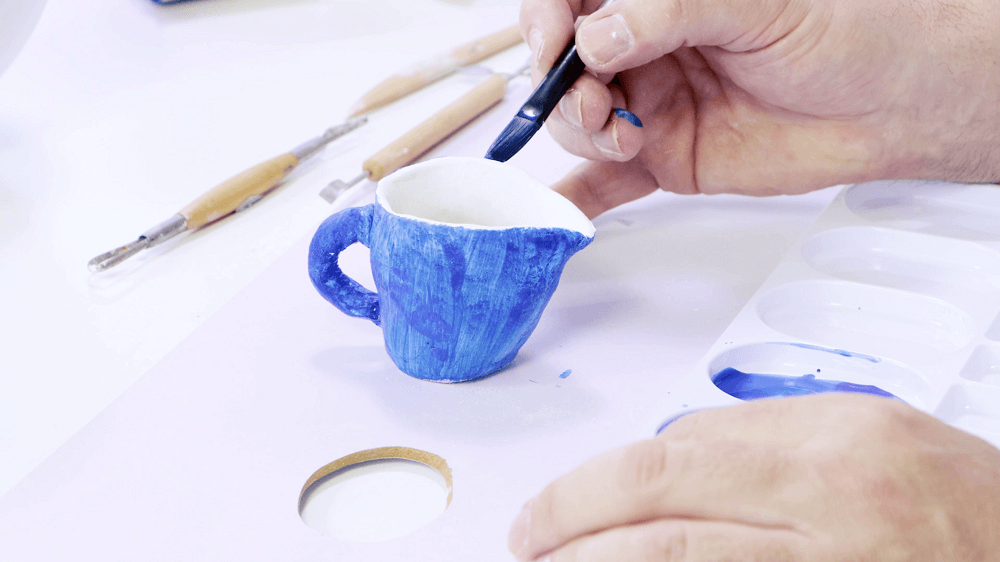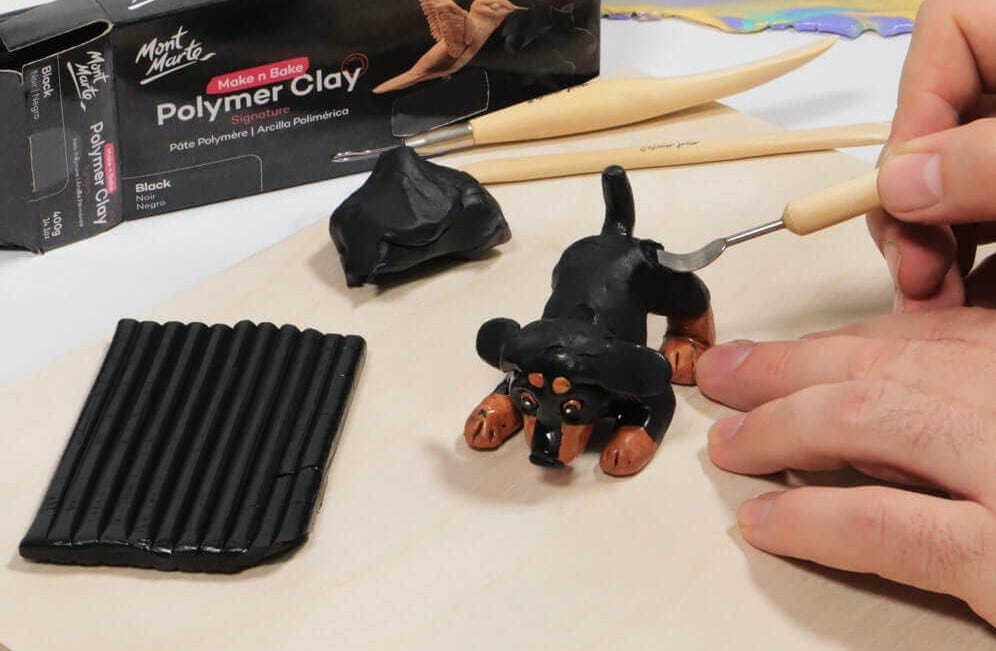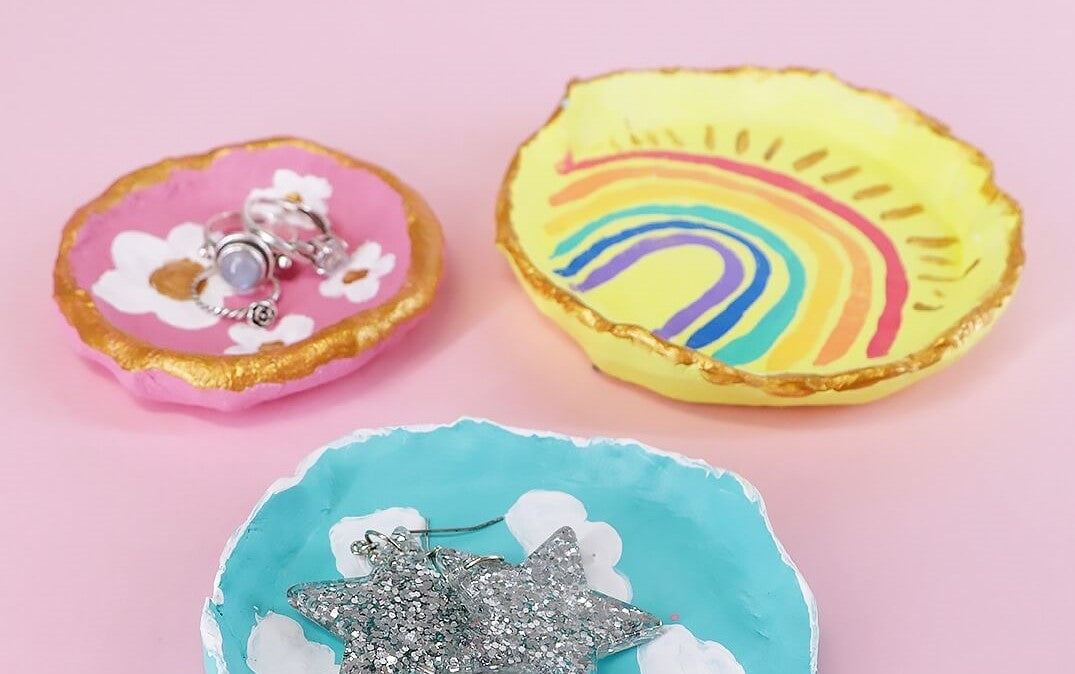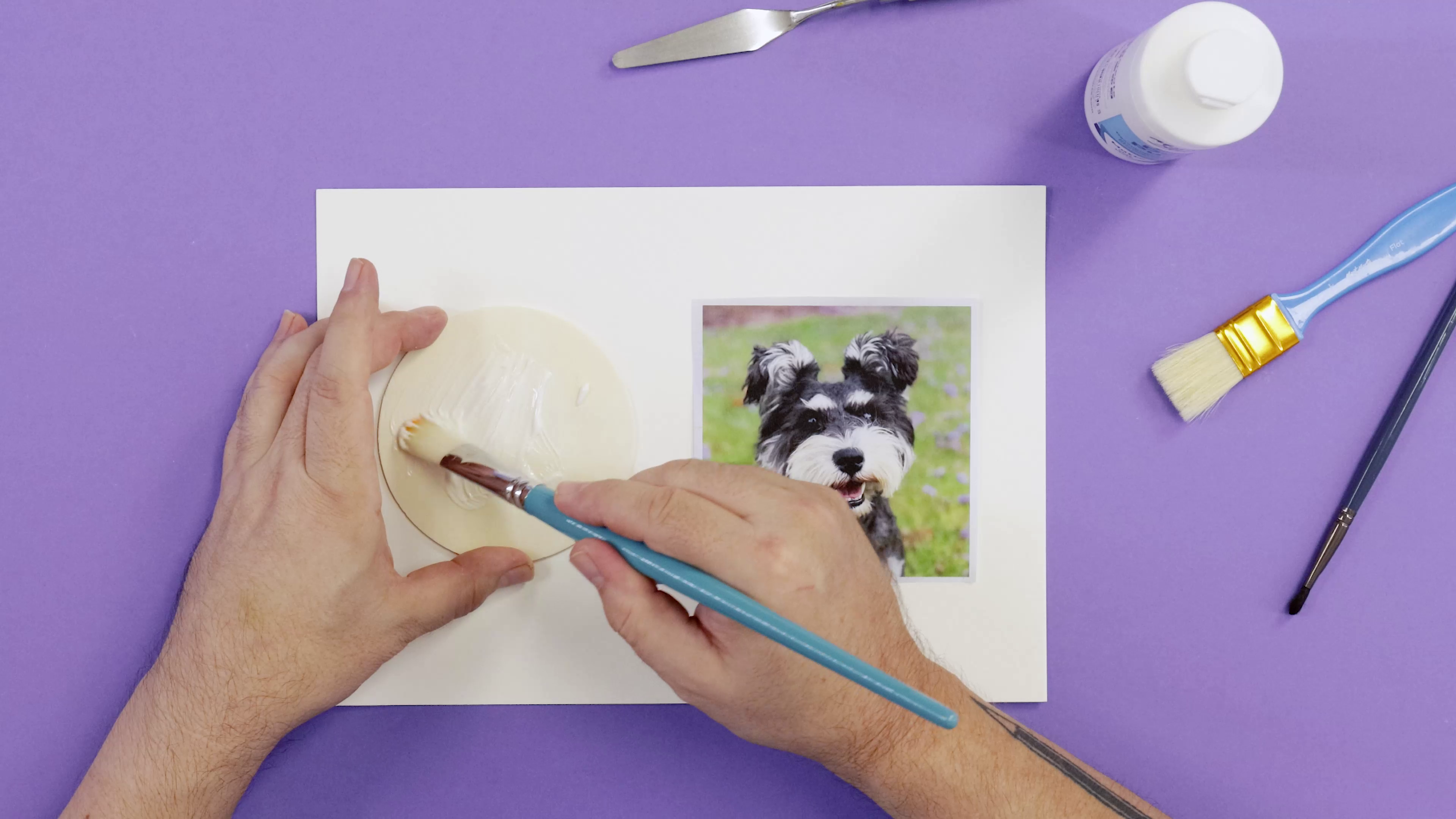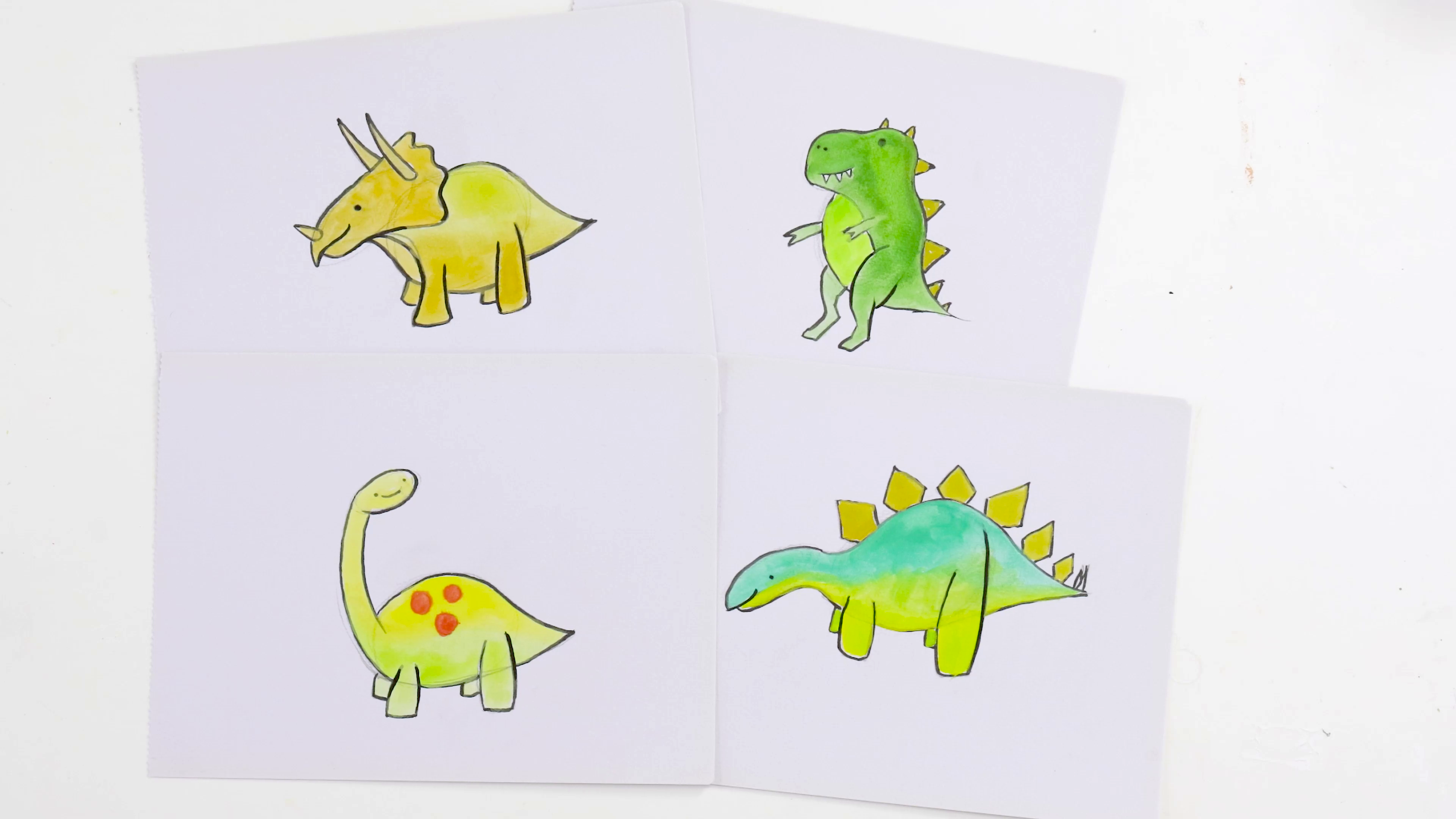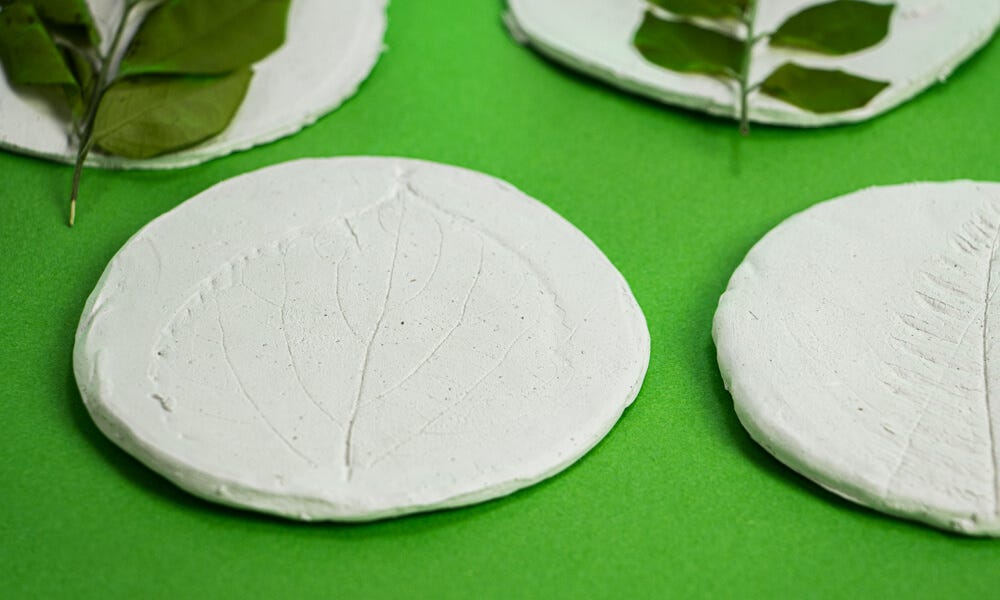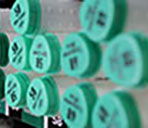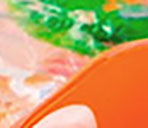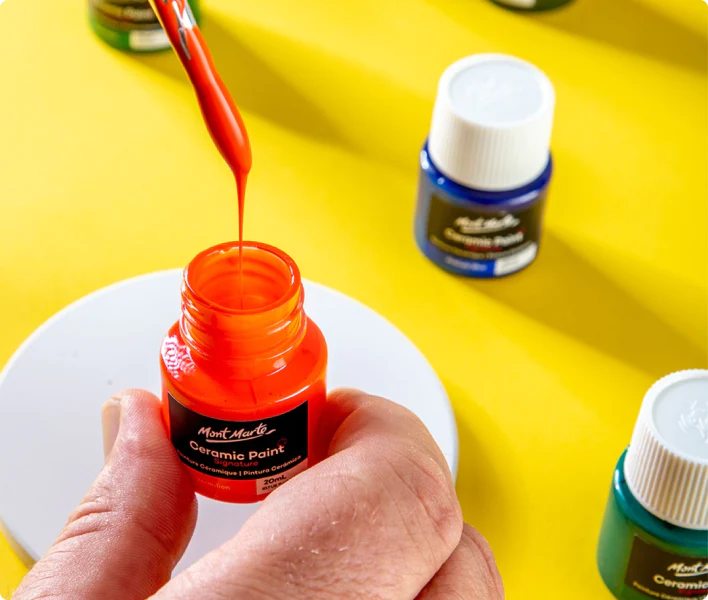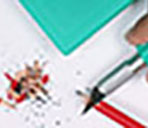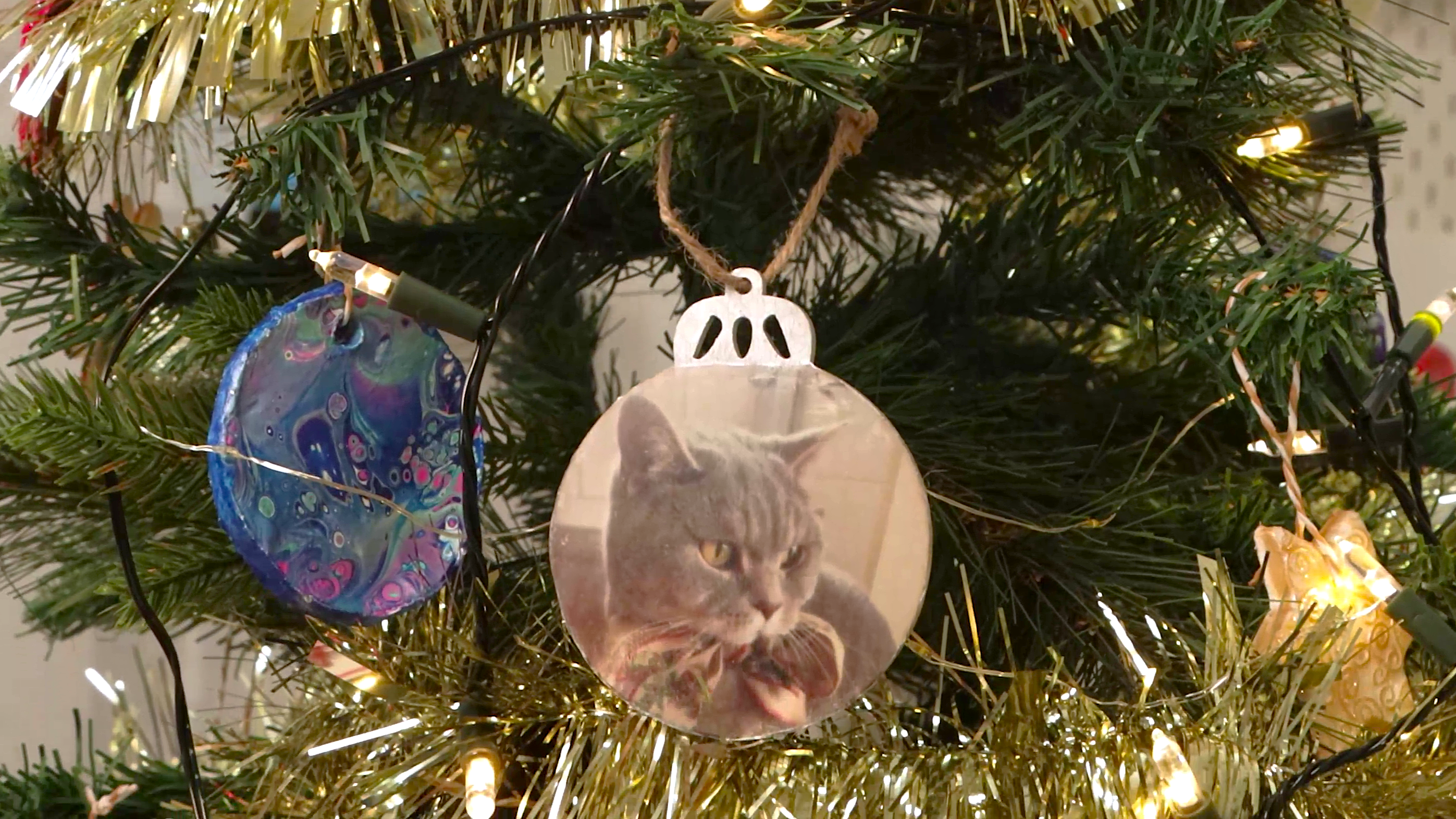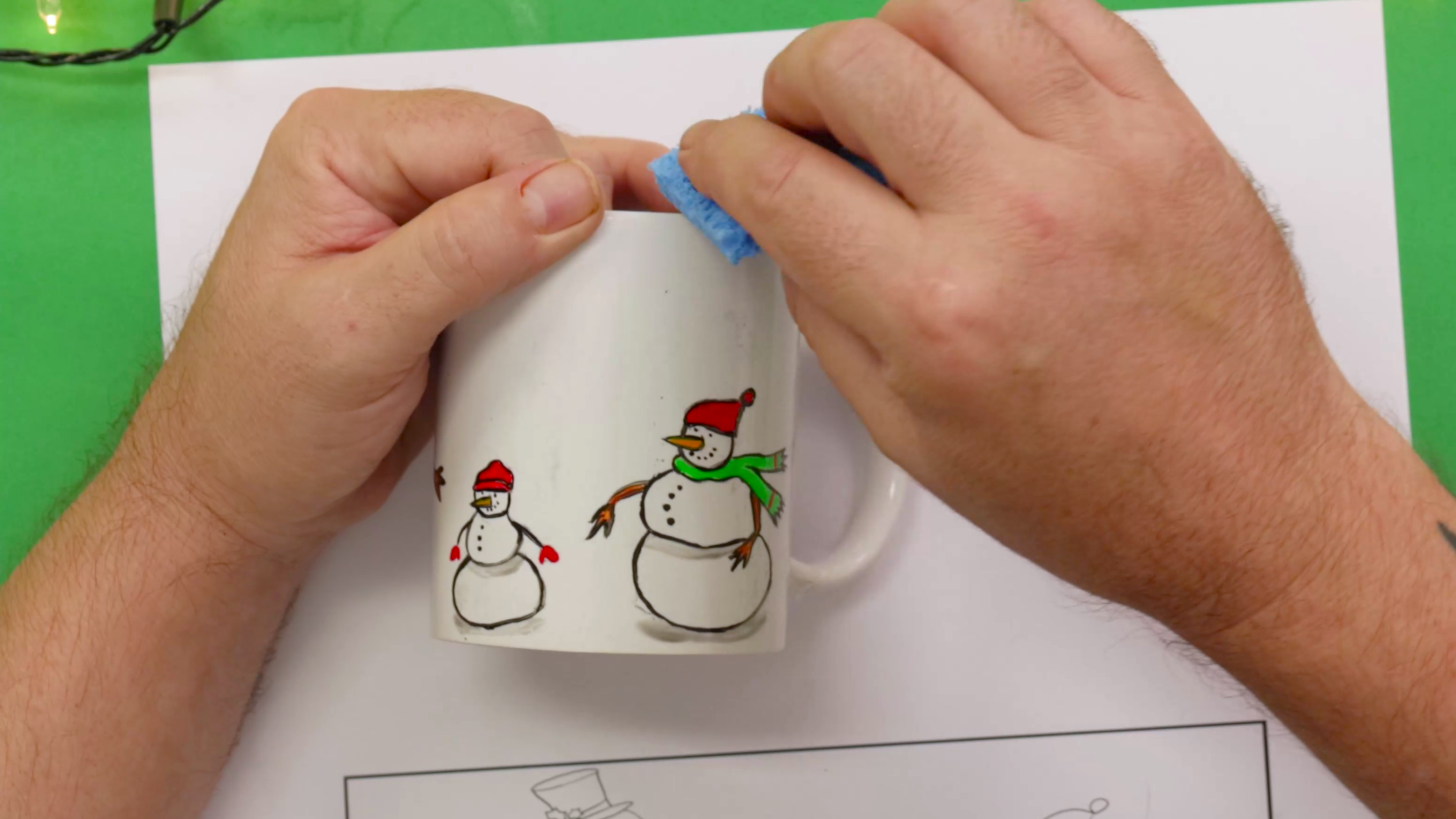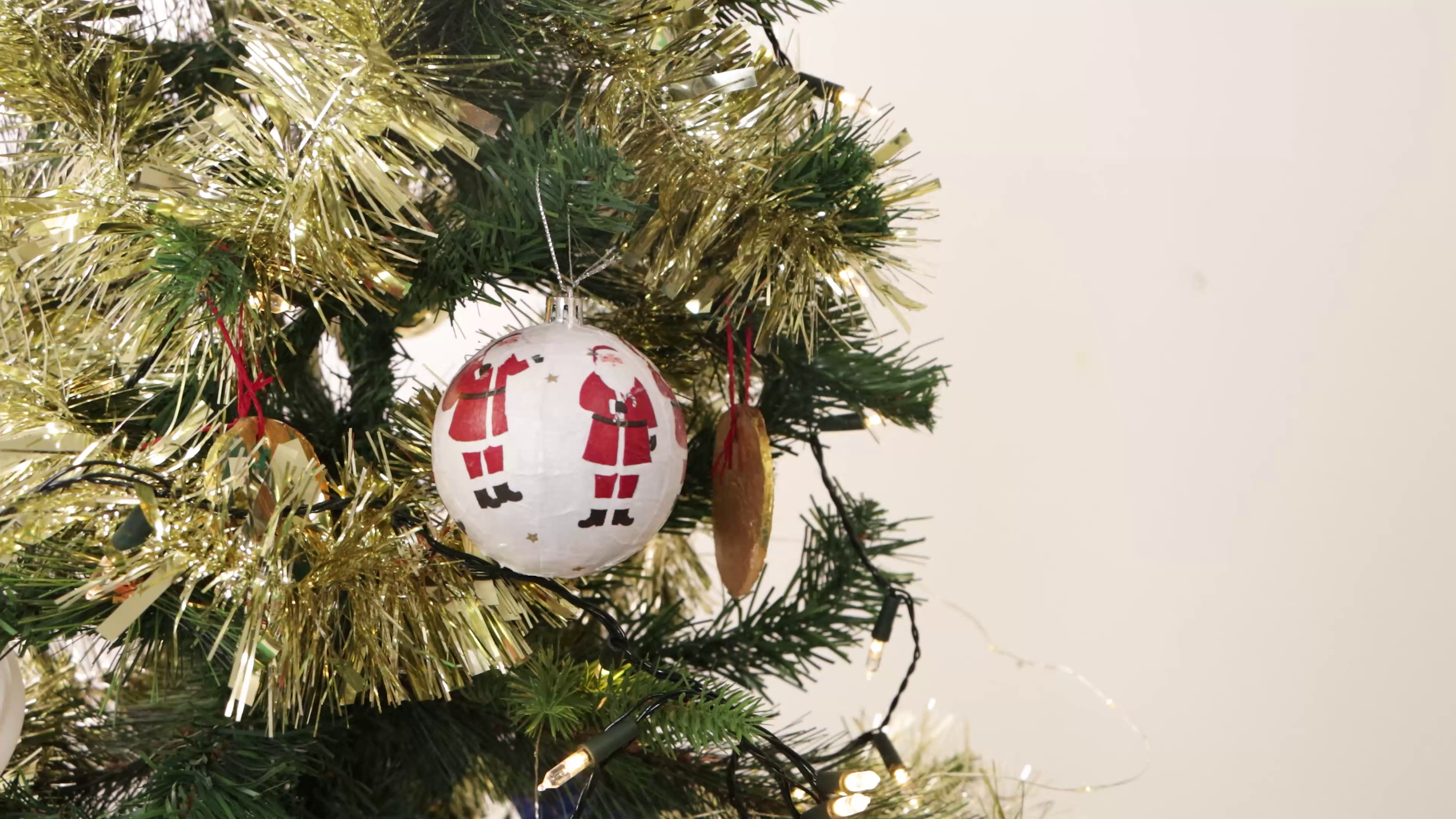Create an allosaurus dinosaur sculpture in polymer clay part 1
In this lesson were heading back to the late Jurassic period as we reconstruct an Allosaurus using Mont Marte Make n Bake Polymer Modelling Clay. It's a really fun and interesting project and you will learn lots about this fascinating creature. So grab your modelling tools and polymer clay and let's get into it!
Step 1 Creating the armature.
Lay the oval wood palette out and drill a hole in the central spot. Onto the booker rod feed on the washer, the spring washer and then the nut and place it through the hole. Then feed on a washer followed by the spring washer and then the nut and tighten with the pliers. Lay the images of the PDF onto the table. Measure the length of the leg that contacts the ground and bend the rod at about 85 degrees. Measure the width of the hips make the next bend away from the hip. This will be the horizontal leg.
Refer to the images and create bends to suggest the lower leg bone and the foot bone. Then snap the booker rod at the end of the foot. Now with the cutting part of the pliers, cut 4 bits of wire a little longer than the length of the spine. Twist the 4 bits of wire together one at a time.
Next bend the twisted wire in half and wrap it twice around the middle of the hip region. Lay the armature against the plan and feed a length of wire through the point where the arms meet the spine, measure the length of the arm and twist the wire 180 degrees and twist it back around the arm and onto the spine. Create 4 more lengths and twist 2 onto each arm to make up the 3 claws on both sides.
Step 2 Creating the inner body layer.
Take a roll of alfoil and roll a tight ball a little smaller than the body of the dinosaur. Refer to the plans to get the size right. Bind this with wire onto the armature. Create one for the tail too and bind that onto the armature as well. Next knead 2 packets of polymer clay and roll it between 2 sheets of alfoil until it is about 4mm thick. Peel off the top sheet of alfoil and with a ruler and cut some lengths of clay approximately 50mm wide. Wrap these around the alfoil body and tail. Smooth the joins. Then bake in the oven following the directions on the back of the packaging.
Step 3 Filling out.
Remove the armature from the oven and let it cool thoroughly. Refer to the images of the PDF and start to build up the body with more clay. First lay on rolls over the spine area and any areas where the bones and muscles will be protruding. Then lay a sheet of clay about 4 mm thick over the back. Add clay to the desired thickness over the neck and tail and model it to the correct shape.
Next, create another sheet and apply it to the belly and blend it into the sheet on the back.
Encapsulate the legs and arms and model to the desired shape.
Once all the clay is on, smooth the overall sculpture. For the head, pay close attention to the PDF and shape it so the profile is that of the skull. Rough in the feet and the claws.
Step 4 Detailing the body.
Refer to the images in the PDF and add any areas like loose skin and muscles. Do this with rolls of clay applied to the surface and then blend the edges into the body seamlessly. At this stage add the webbing that joins the legs and arms to the body with small thin triangular sheets and blend them in. Refine the toes and cut in the talons, then thin out the claws and define the talons.
Step 5 Detailing the head.
The head profile should be shaped by this stage. Create the line around where the top lip will lie and create a thin sheet about 5 mm wide and wrap it around the head and blend it in at the top.
Next, mark the position of the eye and create another thin sheet lay it over the top of the head and cut around the eye, the front of the head and the rear. Blend the edge into the head.
Add another little thin piece in between the eye and the rear of the skull. This will suggest the post orbital part of the skull between the two voids (the Orbit void and the Infratemporal void).
Next cut in the brow areas of the head above the eyes, then add the eye from a little ball of clay and create two little eyelids then smooth them in to the skull.
Next, create 2 cones and apply them onto the brow above and in front of the eye.
The last stage of the head detailing is to add the nostrils. Refer to the plans and create them with little circles of clay and smooth in the edges.
Step 6 Suggesting the skin texture.
To suggest our dinosaur's scaly skin we have to make a stamping tool in which to create positive impressions with.
To do this, fashion a slightly conical tubular shape about 6 cms long by 3 cms wide with clay, and dome each end. In one end create a series of holes very close together with the tool baring the needle profile. On the other side, do the same with the tip of a pencil. This creates a larger hole. Now bake this. Follow the instructions on the packaging. Let this cool. To create the impressions, press the tool in to the clay and roll from side to side. Make the impressions over the whole dinosaur. Take care not to damage any fine details. Once your happy with the skin texture create a series of small balls and apply them in lines down your dinosaurs back. These will suggest the little bony additions that dinosaurs had on their hides. That is the last step in the sculpting of the dinosaur. Now bake it making sure to follow the instructions on the packaging. Remove it from the oven and let it cool.
Material List
- Traditional Wood Palette Signature 30 x 38cm (11.8 x 14.9in)
- Mini Modelling Tools Signature 10pc
- Clay Tool Set Signature 11pce


